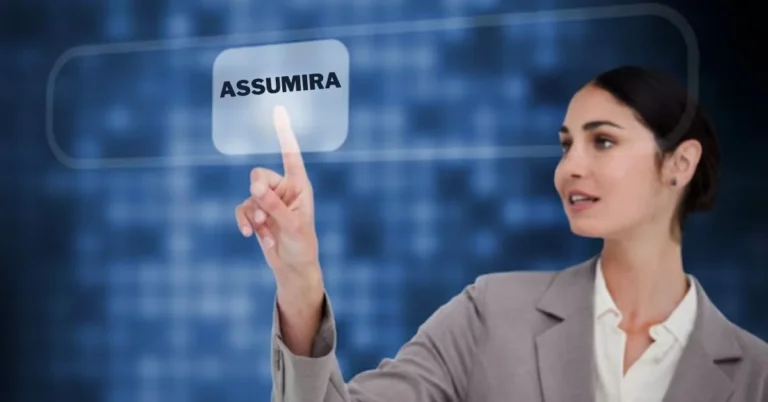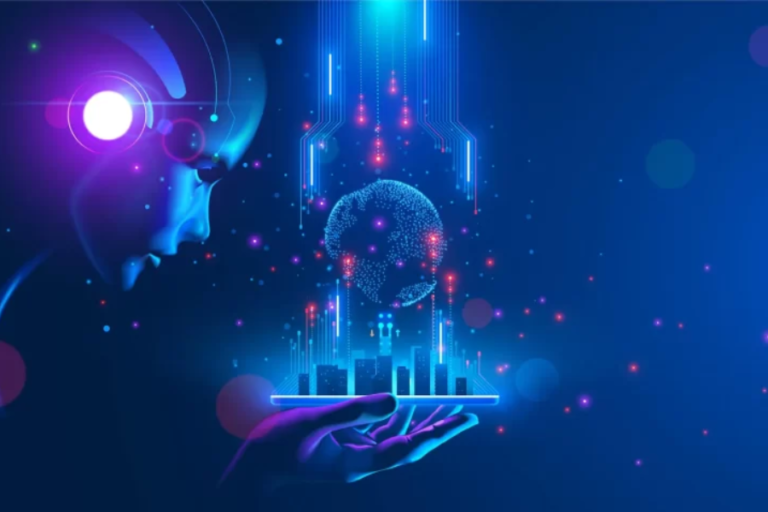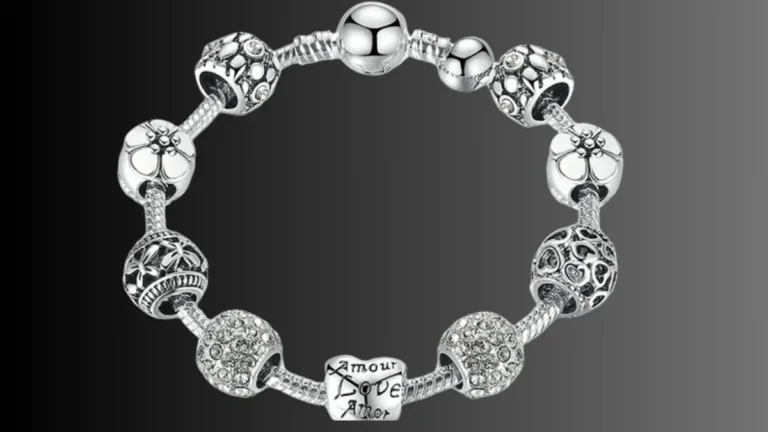Why Maleficent Wouldn’t Be a Lackey: A Character Analysis
Introduction: The Enigmatic Maleficent
In the world of Disney villains, maleficent wouldn’t be a lacky vMaleficent stands out not just for her striking appearance but for her commanding presence and complex character. Unlike many villains who are content to work in the shadows, Maleficent is a figure of power who demands respect and attention. But what truly sets her apart? Why would she never settle for the role of a lackey, especially in a landscape filled with subordinate villains? In this article, we’ll delve into Maleficent’s character evolution, motivations, and her significant impact on Disney’s portrayal of antagonists. By the end, you’ll have a richer understanding of why Maleficent defies the typical villain narrative.
Defining the Lackey Archetype
To appreciate Maleficent’s uniqueness, we must first define what constitutes a lackey in the realm of Disney villains. A lackey is typically a subordinate character who follows orders without question, often acting as a mere extension of a more powerful villain. These characters are characterized by their eagerness to please, lack of independent thought, and willingness to do the dirty work for their masters.
Disney has introduced us to various lmaleficent wouldn’t be a lacky ackeys, like Mr. Smee from Peter Pan, who is unwaveringly loyal to Captain Hook, or LeFou from Beauty and the Beast, who is a bumbling sidekick to Gaston. These characters highlight the primary villain’s power while adding humor or depth to the story. However, they also emphasize the stark contrast with characters like Maleficent, who possesses autonomy and complexity.
Maleficent’s Character Evolution
Over the years, Maleficent’s character has transformed significantly. In the animated classic Sleeping Beauty, she is presemaleficent wouldn’t be a lacky nted as a formidable sorceress driven solely by revenge after being slighted at Aurora’s christening. While her fierce demeanor makes her a captivating villain, her motivations lack depth.
The live-action film Maleficent redefines her character, presenting her as a sympathetic figure shaped by betrayal. It reveals the backstory of a once-noble being whose heart was hardened by loss, leading her down a dark path.https://buzztelecast.com/ This reinterpretation adds layers to her character, allowing audiences to connect with her on a more profound level.
Maleficent’s evolution from a simplistic villain to a multi-dimensional character challenges the traditional archetype of Disney antagonists. It reflects Disney’s shift towards crafting characters that resonate emotionally with viewers.
Analyzing Maleficent’s Motivations
To comprehend why Maleficent wouldn’t be a lackey, we must analyze her motivations. In the live-action adaptation, her actions stem from a quest for empowerment and redemption rather than blind obedience. Unlike lackeys who simply follow orders, Maleficent’s decisions are driven by a personal mission for justice.
Her backstory of betrayal adds depth, allowing audiences to empathize with her plight. The theme of redemption is central to her arc as she confronts the consequences of her actions and seeks forgiveness. Maleficemaleficent wouldn’t be a lacky nt’s refusal to be subservient is evident in how she tackles challenges; she takes charge of her destiny, making choices rooted in her values.
Impact on Disney’s Villain Archetypes
Maleficent’s character evolution has significantly influenced Disney’s portrayal of villains. Her transition from a mere antagonist to a complex character signifies a broader shift in storytelling that emphasizes emotional depth and nuance. This change has paved the way for other films to explore the backstories of antagonists, blurring the lines between good and evil.
Characters like Elsa from Frozen and Dr. Facilier from The Princess and the Frog illustrate this new approach, where villains are portrayed with relatable motivations and conflicts. Maleficent has helped redefine what it means to be a villain in Disney storytelling, encouraging audiences to engage with characters on a deeper level.
Understanding Maleficent’s Unique Character
First introduced in Sleeping Beauty (1959), Maleficent is not just a typical villain; her complexity sets her apart. With her striking horns and commanding presence, she has captivated audiences for decades. What makes her fascinating is not only her dark persona but the layers of vulnerability that accompany her strength. She challenges the conventional female archetype often seen in earlier Disney films.
Maleficent’s character transcemaleficent wouldn’t be a lacky nds the traditional role of a villain, inviting viewers to reconsider the nature of evil and the circumstances that shape it. She embodies both darkness and vulnerability, compelling us to look beyond the surface of the narrative.
A New Perspective in the First Movie
The 2014 film Maleficent reimagines the classic tale from the villain’s perspective, generating significant interest and success, grossing over $758 million globally. This fresh approach captivated audiences, transforming Maleficent into a complex protagonist rather than a one-dimensional villain.
By showcasing her backstory of betrayal by King Stefan, the film invited empathy for her character. It explored profound themes like love and forgiveness, moving away from the simplistic good vs. evil narrative. By portraying Maleficent as a guardian, the film opened discussions about female roles in storytelling and how they can be redefined.
Maleficent: Mistress of Evil – A Missed Opportunity
When Maleficent: Mistress of maleficent wouldn’t be a lacky Evil debuted in 2019, expectations soared, but the sequel struggled to capture the same magic as its predecessor. Critics pointed to a convoluted plot that failed to deepen Maleficent’s character, reverting her to a more predictable villain role.
The sequel’s focus on unnecessary subplots diluted the emotional core that resonated with audiences in the first film. It missed the chance to explore Maleficent’s complexities and her relationship with Aurora, resulting in a visually stunning but emotionally flat experience.
Impact on the Target Audience
The reception of Maleficent: Mistress of Evil was mixed. Many Disney fans, who appreciated the fresh perspective of the first film, found the sequel lacking in innovation. Its reliance on traditional storytelling tropes felt regressive, disappointing those hoping for deeper character exploration.
Feminist critics viewed the film as a missed opportunity to advance conversations about female empowerment, as it failed to showcase Maleficent’s growth meaningfully. General audiences enjoyed the visual spectacle but felt a disconnect from the emotional narrative that had initially captivated them.
Reasons for the Sequel’s Shortcomings
Several factors contributed to the shortcomings of Maleficent: Mistress of Evil. The script struggled with coherence, and introducing new characters detracted from the storyline audiences cared about. Additionally, the lack of focus on character arcs prevented any substantial evolution from the first film.
Despite its impressive visuals, the movie failed to strike a balance between style and substance. The emphasis on spectacle overshadowed storytelling depth, leaving viewers with a hollow experience.
The Importance of Accurate Representation
Accurate representation of strong female characters is essential for shaping audience perceptions. It involves creating multi-dimensional, relatable, and empowering characters. Maleficent, with her complexity, could challenge traditional gender roles and inspire audiences.
When such characters are underdeveloped or misrepresented, it reinforces stereotypes and limits the potential for meaningful discussions. Filmmakers must recognize the impact of their choices and strive to create narratives that reflect the diversity and complexity of real-life experiences.





